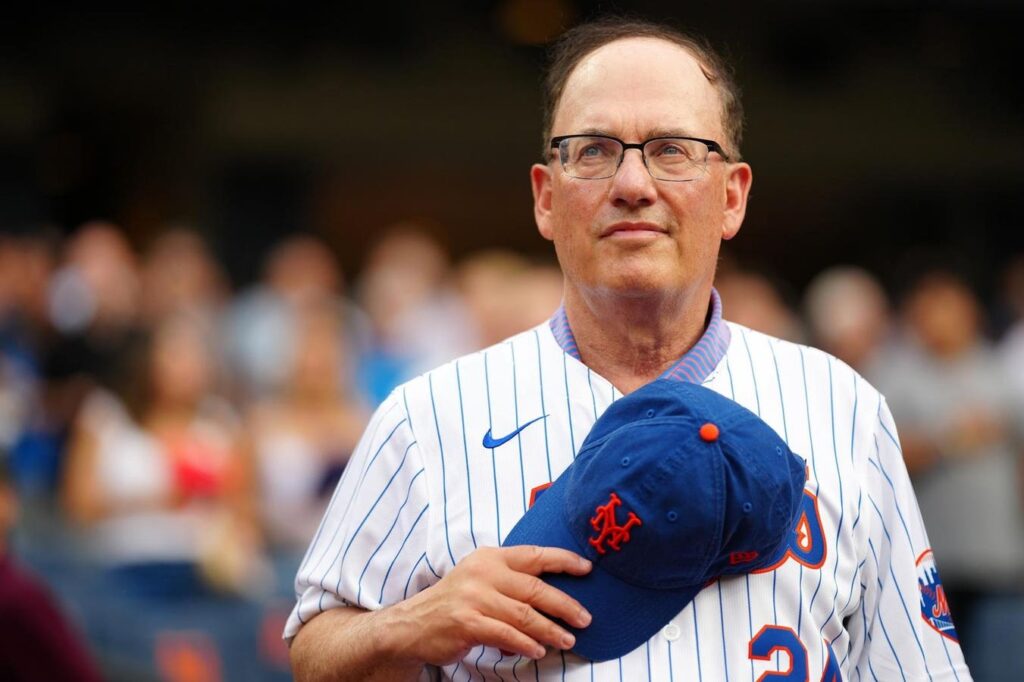Steve Cohen, the billionaire owner of the New York Mets, has transformed the landscape of Major League Baseball with his recent acquisition of outfielder Juan Soto for a staggering 15-year contract worth $765 million. This deal not only positions Soto as the highest-paid player in history but also propels Cohen’s Mets into a new competitive realm against traditional powerhouses such as the New York Yankees, Boston Red Sox, and Los Angeles Dodgers. Cohen, with a personal net worth of $21.3 billion, has shown a willingness to spend beyond the limits set by financial norms in baseball, defying concerns about the team’s financial viability and making a bold statement about his commitment to returning the World Series trophy to Queens within a five-year window.
While financial logic might argue against such extravagant spending, especially considering the Mets’ revenue of just $393 million last year compared to the Yankees’ $679 million, Cohen’s wealth allows him to think differently. The Dodgers’ recent expenditures, including a record $1 billion investment on top-tier talent, further illustrate the shifting dynamics within the league, where traditional models of profitability can be overshadowed by the sheer willingness and capacity to invest in star players. Despite the Mets enduring a significant operating loss of $292 million, Cohen’s success as a hedge fund manager provides him with ample resources to withstand these financial setbacks while aggressively pursuing championship aspirations.
As MLB operates without a hard salary cap, owners like Cohen can exploit their financial advantages. Unlike other major sports leagues, which impose strict salary caps, Major League Baseball allows teams to spend freely in pursuit of success. While there is a competitive balance tax intended to level the playing field, it tends to be more of a minor inconvenience for wealthier owners. Cohen’s consistent investment has led the Mets to boast a payroll exceeding $300 million in recent seasons, a point that highlights both his ambition and his calculated approach to reshaping the Mets’ competitive standing.
Cohen’s intentions upon purchasing the Mets in 2020 were made clear; he aimed to build a winning team and make a claim for championships. He expressed that failing to win a World Series within three to five years would be “slightly disappointing,” and as this initial timeline approaches its end in the coming year, the mounting pressure to succeed is palpable. Two playoff appearances within his first three seasons have demonstrated progress, but the ultimate goal remains the elusive championship that Mets fans have long awaited since 1986.
The recent World Series matchup featuring the Yankees and Dodgers served to validate the strategy of investing heavily in top-tier players, reinforcing the idea that aggressive spending can translate into success on the field. Historical context echoes this sentiment, recalling the late George Steinbrenner’s impactful moves that turned the Yankees into baseball’s most valuable franchise through high-profile contracts. Cohen’s successful bid for Soto signals an assertion of the Mets’ competitive foothold in an environment typically dominated by their crosstown rivals. As Mets broadcaster Howie Rose aptly stated, Cohen’s actions reflect a determined pivot away from being perceived as “the little brother in town.”
Despite his willingness to absorb short-term losses, Cohen remains strategically astute, demonstrating an understanding of how to galvanize fan support and recoup some of his investments. Early ticket sales for the 2025 season have already commenced in anticipation of Soto’s arrival, signaling a renewed hope among Mets’ fans. Through Cohen’s efforts, the Mets are not merely seeking champions on the field but are also reshaping their brand identity and future outlook as a formidable force in Major League Baseball, leaving fans and analysts alike eager to witness the forthcoming season’s developments.

